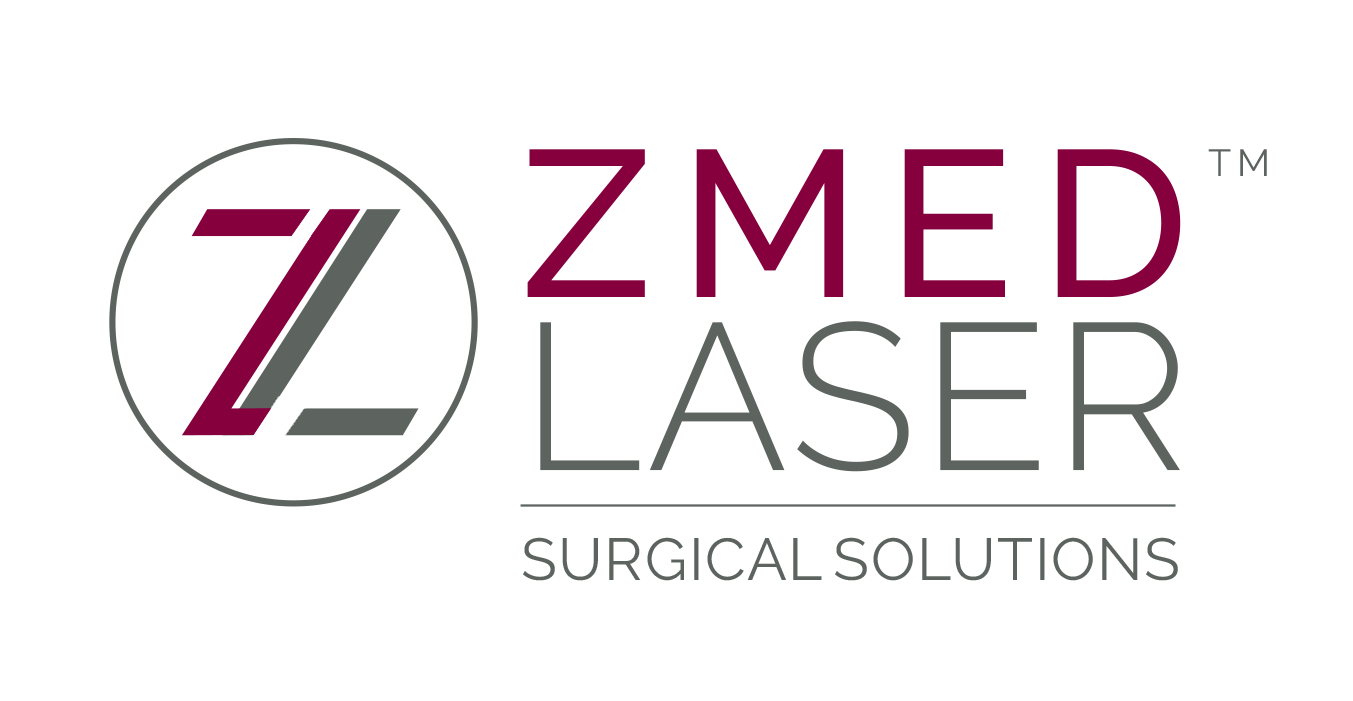Introduction:
Dextroamphetamine, a central nervous system stimulant, has garnered significant attention for its therapeutic applications in treating attention deficit hyperactivity disorder (ADHD) and narcolepsy. However, its pharmacological effects, mechanisms of action, and potential for misuse raise important considerations for healthcare professionals and regulatory authorities. This article provides an overview of the chemistry, pharmacology, and medical uses of dextroamphetamine, highlighting its role in clinical practice and the management of neurological disorders.
Chemical Structure and Composition:
Dextroamphetamine belongs to the class of amphetamine compounds, characterized by their specific chemical structure or molecular formula. It is enantiomerically pure, consisting solely of the dextro-rotatory form of amphetamine. This structural configuration imparts unique pharmacological properties to dextroamphetamine, distinguishing it from other amphetamine derivatives and stimulant medications.
Pharmacokinetics and Mechanism of Action:
Following oral administration, dextroamphetamine is rapidly absorbed from the gastrointestinal tract and undergoes hepatic metabolism via specific metabolic pathways. The primary metabolites of dextroamphetamine include specific metabolites, which contribute to its pharmacological effects and duration of action. Dextroamphetamine exerts its therapeutic effects by enhancing the release of specific neurotransmitters in the brain, leading to improvements in attention, focus, and cognitive function.
Therapeutic Uses:
Dextroamphetamine is approved by regulatory agencies for the treatment of ADHD and narcolepsy, two neurological disorders characterized by deficits in attention, impulse control, and wakefulness. In ADHD, dextroamphetamine helps alleviate symptoms of inattention, hyperactivity, and impulsivity, enabling individuals to better manage daily activities and academic performance. In narcolepsy, dextroamphetamine promotes wakefulness and reduces excessive daytime sleepiness, improving quality of life and functional outcomes.
Adverse Effects and Safety Considerations:
Despite its therapeutic benefits, dextroamphetamine is associated with a range of adverse effects, including specific side effects or adverse reactions. Common side effects include specific symptoms, which may vary in severity and duration depending on individual factors such as dose, duration of use, and patient characteristics. Healthcare providers must carefully weigh the potential benefits and risks of dextroamphetamine therapy when prescribing it to patients, particularly children and adolescents.
Misuse and Dependence Potential:
Dextroamphetamine has a high potential for misuse and dependence due to its stimulant effects and rewarding properties. Individuals may misuse dextroamphetamine by specific routes of administration or dosage forms, seeking euphoria, increased energy, and enhanced performance. Prolonged misuse of dextroamphetamine can lead to tolerance, dependence, and withdrawal symptoms, necessitating careful monitoring and supervision during treatment.
Regulatory Considerations:
To mitigate the risks associated with dextroamphetamine use, regulatory authorities have implemented measures to control its production, distribution, and prescription. Dextroamphetamine is classified as a controlled substance, subject to legal restrictions and monitoring to prevent diversion to illicit markets and minimize the potential for misuse and abuse. Additionally, healthcare providers must adhere to prescribing guidelines and monitor patients closely for signs of misuse or adverse effects.
Conclusion:
In conclusion, dextroamphetamine represents a valuable therapeutic option for individuals with ADHD and narcolepsy, providing symptom relief and improving quality of life. However, its pharmacological effects, adverse reactions, and potential for misuse underscore the importance of cautious prescribing and vigilant monitoring by healthcare professionals. By understanding the chemistry and pharmacology of dextroamphetamine, clinicians can optimize its use and promote safe and effective treatment outcomes for patients with neurological disorders.
Information for preparing this article was taken from the site: https://www.webmd.com/drugs/2/drug-1636-7080/dextroamphetamine-oral/dextroamphetamine-sustained-action-capsule-oral/details
